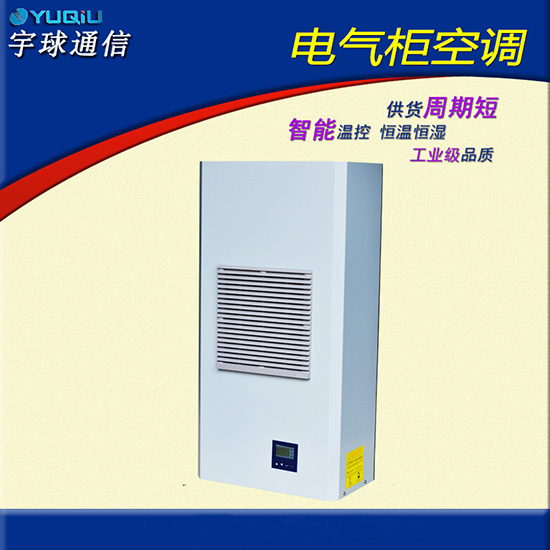Enhancing Efficiency and Safety with Ergonomic Electrical Cabinet Door Hinges and Secure PressLatch Solutions
In the realm of modern industrial and commercial settings, the design and functionality of electrical cabinets play a pivotal role in ensuring smooth operations and worker safety. One often-overlooked yet crucial aspect is the door mechanism, specifically the hinges and latches that secure these cabinets. Introducing an ergonomic electrical cabinet door hinge and a secure presslatch solution is not just a technological advancement; it’s a game-changer in ergonomics and safety.
The traditional cabinet doors, often equipped with bulky and hard-to-use hinges, can cause strain on workers who need to open and close them frequently. This ergonomic cabinet door hinge, designed with, features a lightweight construction and an adjustable pivot point. It allows for effortless movement, reducing muscle fatigue and minimizing the risk of repetitive strain injuries. The hinge’s smooth operation ensures consistent force distribution, making it suitable even for heavy-duty cabinets.
Moreover, the introduction of a secure presslatch system provides added security without compromising convenience. Unlike conventional locks that require keys or fumbling with mechanisms, this innovative solution employs a simple, one-handed pressing action. This reduces the likelihood of accidental openings during work, thereby enhancing workplace safety. The presslatch also ensures that the door remains securely closed when not in use, protecting sensitive electrical components from unauthorized access.
This integrated approach to cabinet design not only improves operational efficiency but also fosters a healthier working environment. By prioritizing user comfort and safety, businesses can experience reduced maintenance costs, increased productivity, and a lower injury rate among their workforce.
In conclusion, the ergonomic electrical cabinet door hinge and secure presslatch solution marks a significant step forward in ca binet technology. It combines form and function seamlessly, promoting ease of use, enhanced safety, and overall operational excellence. As we continue to evolve our workspace, such innovations will undoubtedly become standard features in the quest for a more efficient and working environment.
binet technology. It combines form and function seamlessly, promoting ease of use, enhanced safety, and overall operational excellence. As we continue to evolve our workspace, such innovations will undoubtedly become standard features in the quest for a more efficient and working environment.